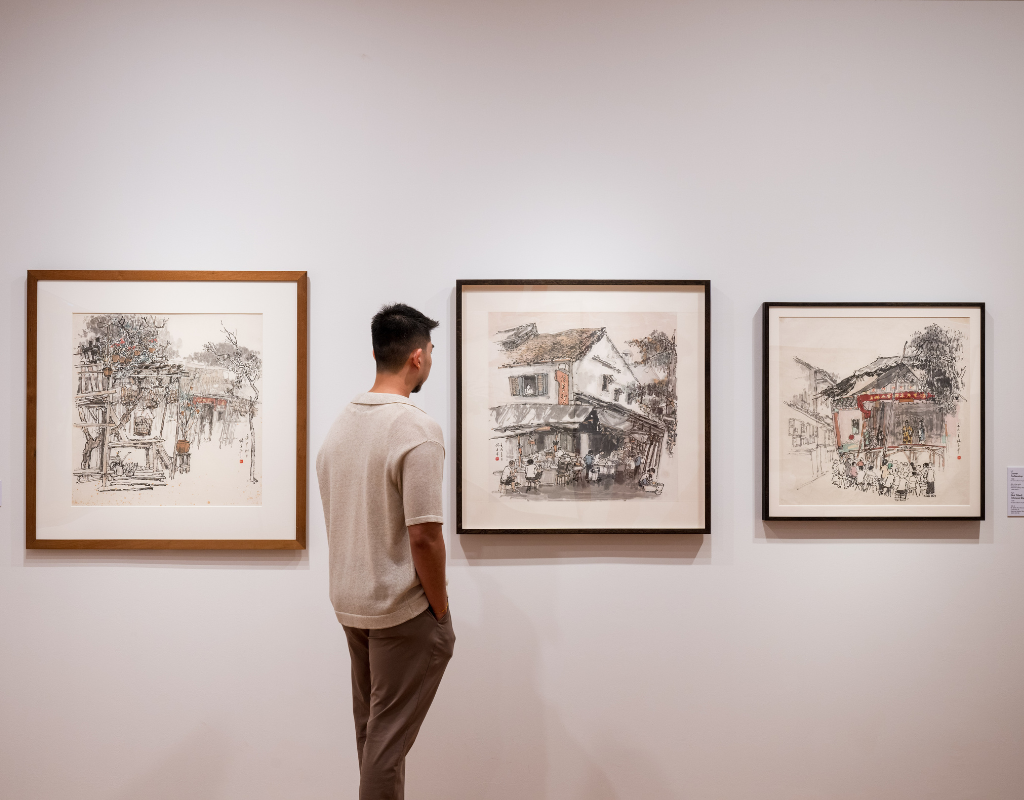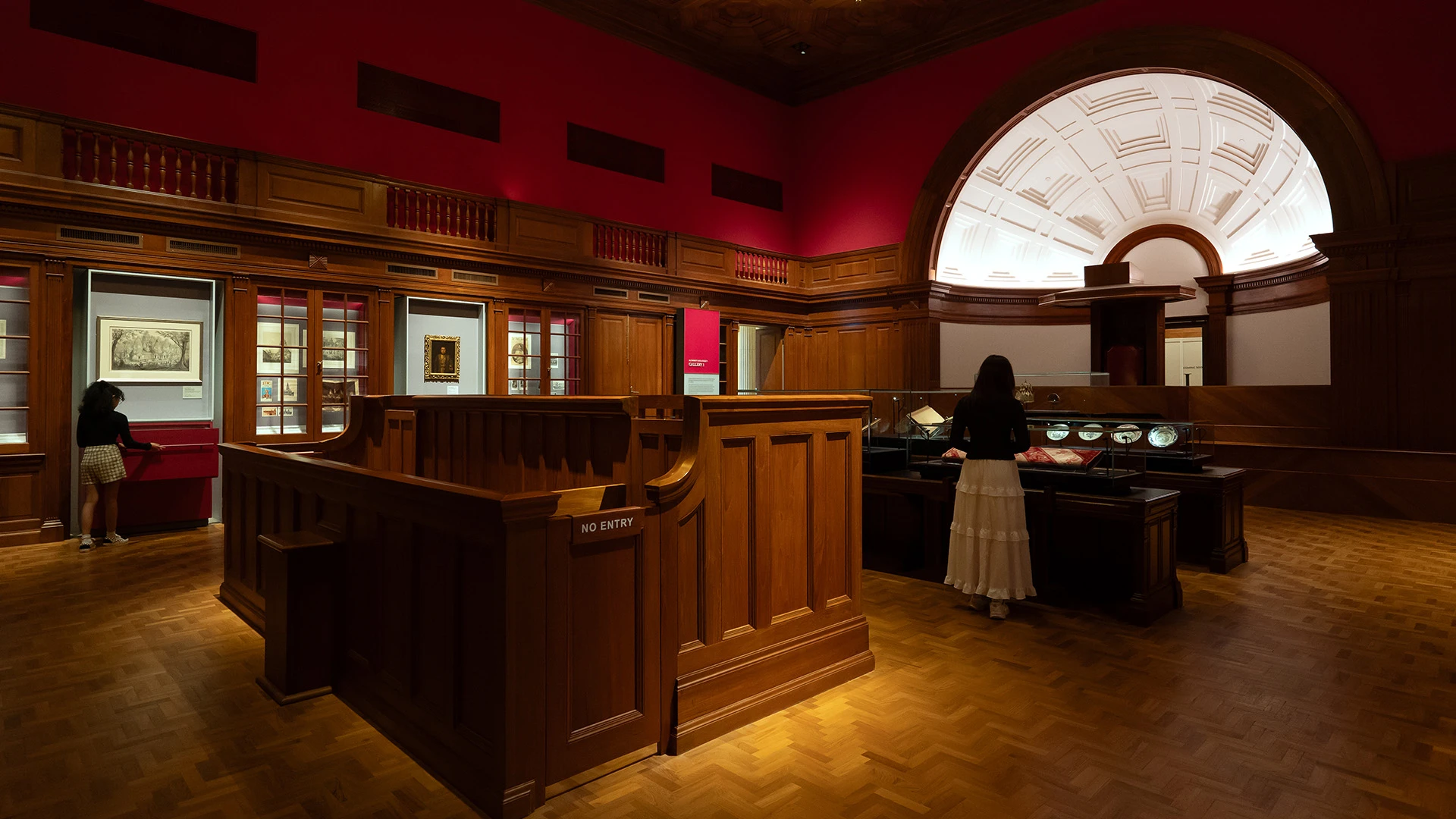How did the 19th century shape the formation of museums and visual and artistic histories?
The story of modern art in Southeast Asia began with the drastic cultural and political changes of the 19th century.
By the second half of the 19th century, most of Southeast Asia was under the control of European colonial powers. In most cases, this form of control was distinct from the trading and religious interactions with Europe in previous centuries, and had a more direct impact on the structures of local political power and cultural life.
Even Siam (now Thailand), which remained independent, was not immune to the effects of colonisation in the region. Greater cultural contact with the West influenced the kind of art produced in Southeast Asia at this time. Local elites used art to defend their status, which could be threatened by a changing social order. While many artists and artisans continued to produce the images and objects that they had in the past, others began to make use of new tools, styles and genres of art from the West, which signalled a conceptual break with tradition. This sense of a break, or change, can be understood as the beginnings of modernity in art.
-
When: Ongoing - Where: UOB Southeast Asia Gallery









